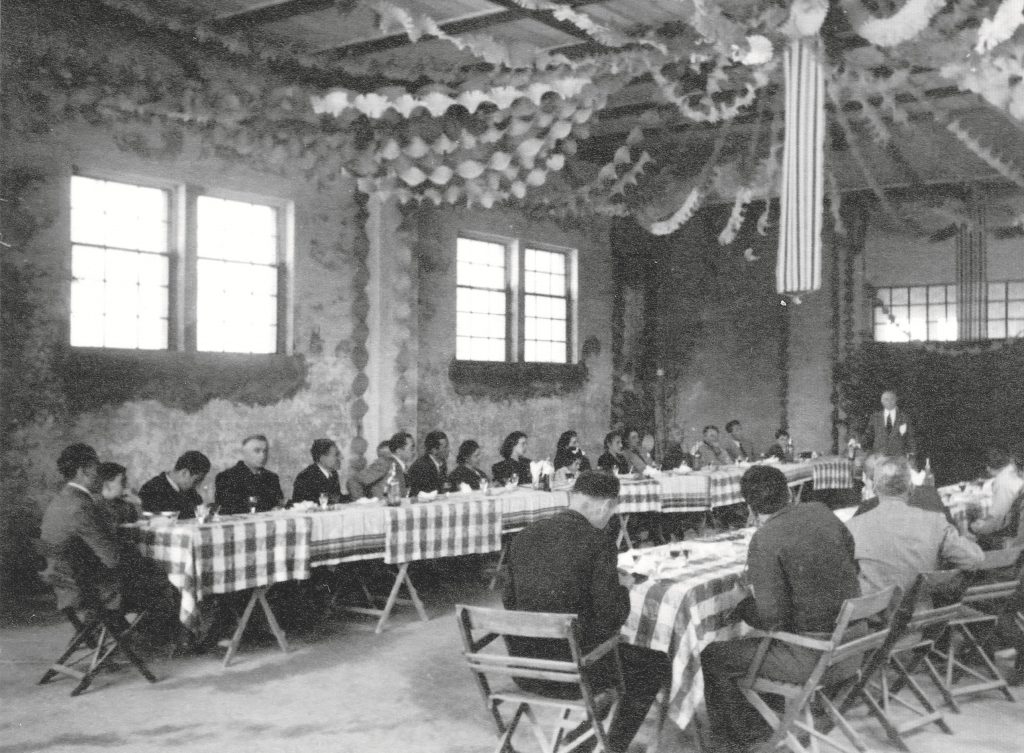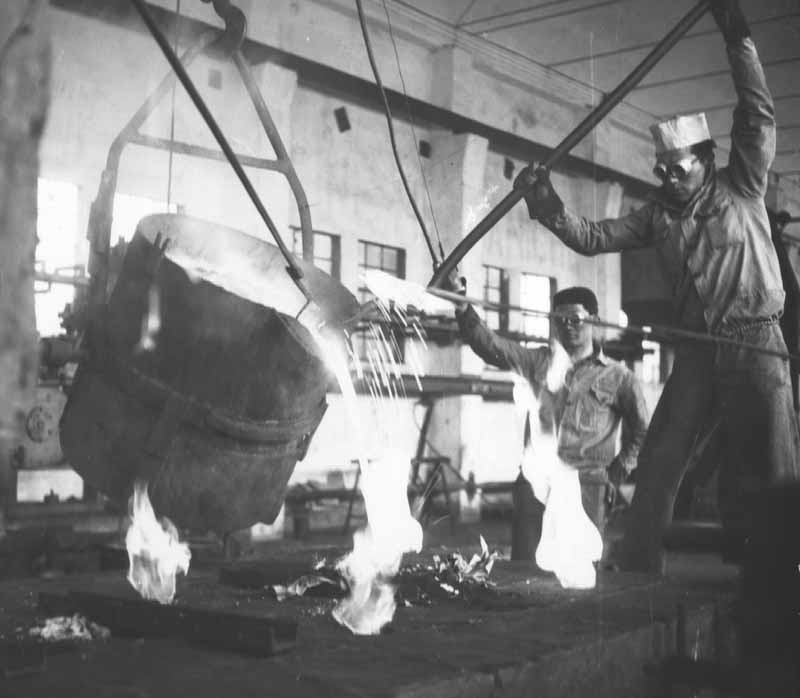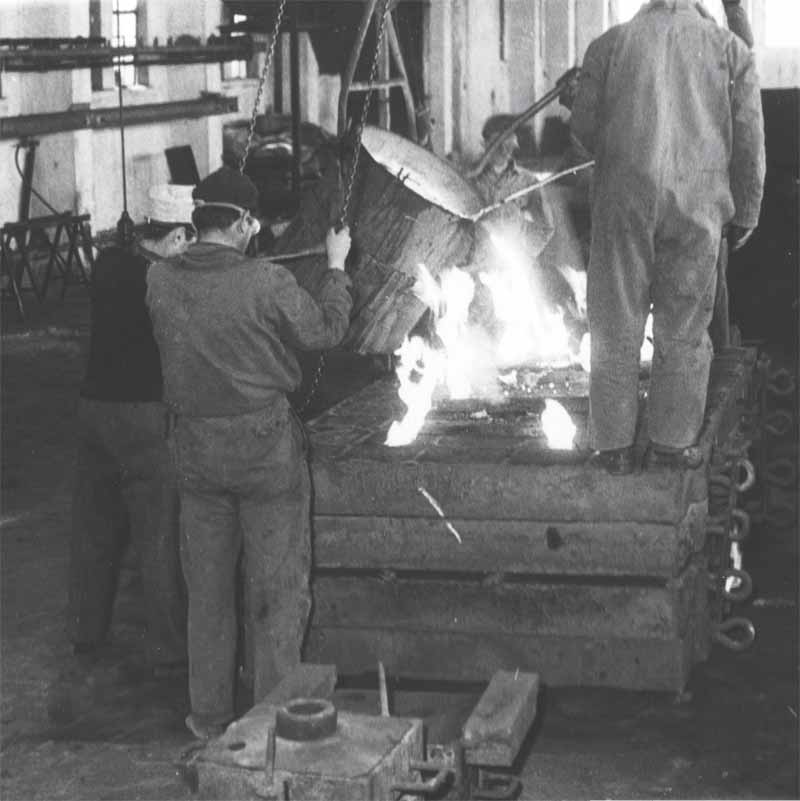After the First World War, Bedeschi extended its factory with the new cast iron foundry. At that time, having a furnace for iron casting was a primary requirement as the structural parts of any mechanical device could only be built by making the pattern and then casting the iron. The electric arc welding, allowing to create the still used structures in arc-welded steel sheet, would be made available at industrial level only after the 1930s. The furnace, located in Via Sant’Antonino (Padua, Italy), was the so called cupola furnace, essentially consisting in an iron sheet, vertical axis cylindrical body entirely lined with refractory material. The charge – introduced through an upper opening – mainly consisted in coke, first casting iron blocks, and cast iron scrap; combustion, fed by blowing pressurized air, lasted about ten hours; then the melted metal was allowed to pour into the ladle from the bottom tap hole. The operation required, in addition to a perfect knowledge of the process, a remarkable ability of the workers in charge of it. The iron casting operation was extremely important for the business’ economy: the event used to be carried out at weekends so to let the material properly cool. On Mondays, the “flasking”, i.e. the piece release, was performed. The successful result of these difficult operations was therefore often welcomed in a convivial meeting opened to all the collaborators.


